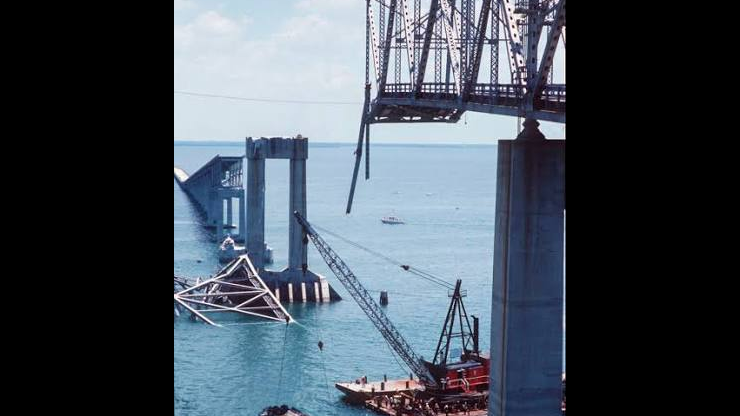
On this day June 30, 1985, the 39 American hostages who had been held captive aboard TWA Flight 847 were freed in Beirut after 17 tense days. The plane had originally been scheduled to travel from Cairo, Egypt to San Diego, California, with stops along the way. During the flight, it was hijacked by armed Lebanese militants who diverted it to Beirut and later Algiers before returning to Beirut, where most of the ordeal took place.
The hijackers, affiliated with Hezbollah, demanded the release of 700 Shia Muslim prisoners held by Israel. While Israel did not officially concede to those demands, it did later release over 700 prisoners, leading many to believe it was a negotiated resolution. The captives endured beatings, threats, and were paraded in front of journalists before finally being released.
The incident shocked the world and drew international attention to the complexities of Middle East tensions during the 1980s. It also highlighted vulnerabilities in global airline security and led to major changes in aviation protocols.
80s insight: The hijacking of TWA Flight 847 served as a grim reminder during the 1980s that geopolitical turmoil often reached into everyday life. It was one of several high-profile hijackings that shaped how Americans viewed travel, diplomacy, and international conflict during the decade.
The hijackers, affiliated with Hezbollah, demanded the release of 700 Shia Muslim prisoners held by Israel. While Israel did not officially concede to those demands, it did later release over 700 prisoners, leading many to believe it was a negotiated resolution. The captives endured beatings, threats, and were paraded in front of journalists before finally being released.
The incident shocked the world and drew international attention to the complexities of Middle East tensions during the 1980s. It also highlighted vulnerabilities in global airline security and led to major changes in aviation protocols.
80s insight: The hijacking of TWA Flight 847 served as a grim reminder during the 1980s that geopolitical turmoil often reached into everyday life. It was one of several high-profile hijackings that shaped how Americans viewed travel, diplomacy, and international conflict during the decade.

















